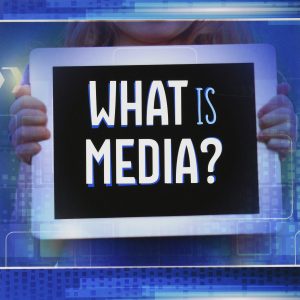Exact Matching Domain-Rank with Branding Search Terms

Domain names that exactly match popular search phrases are known as exact matching domains (EMDs). If someone searches for “best shoes,” an EMD with the domain name bestshoes.com will appear in the search results. This type of domain provides businesses with a competitive advantage by allowing them to rank higher up on the list of organic results. It can also assist improve click-through rates because people are more likely to click on a result that contains what they’re seeking for right in its URL address.
Also Read: –Keyword Difficulty: Quality Thresholds and Predictive Ranking of Search Engines
Exact Match Domains (EMDs) are domain names that precisely match the keyword or search query that you’re targeting. For instance, if you’re selling blue widgets, an EMD would be BlueWidgets.com.
In the past, EMDs were a popular SEO strategy because they often ranked quickly and highly in search results. However, Google’s algorithms have evolved, and while EMDs can still be beneficial, they no longer guarantee high rankings.
Here’s a guide on using EMDs while ensuring you rank with branding search terms:
1. Understand the EMD Update:
In 2012, Google released the EMD Update to reduce low-quality EMDs from ranking well. This means that just having an EMD isn’t enough; the website’s content must also be of high quality.
2. Choose the Right EMD:
If you decide to use an EMD:
- Relevance: Ensure the domain exactly matches the primary product, service, or content of your site.
- Avoid Hyphens: Domains like blue-widgets.com can appear spammy and are harder for users to remember.
3. Focus on Branding:
Even if you have an EMD, it’s essential to build a brand around it:
- Logo & Design: Invest in professional branding elements that make your site stand out.
- Unique Value Proposition (UVP): Clearly communicate what makes your brand or offering unique.
4. Quality Content is Key:
Your EMD won’t rank on its name alone:
- Relevant Content: Ensure your content is directly related to the keyword in your EMD.
- Regular Updates: Frequently update your site with fresh, relevant content.
5. Build Quality Backlinks:
Backlinks remain a top-ranking factor:
- Avoid Spammy Links: Low-quality or purchased links can lead to penalties.
- Seek Relevant Opportunities: Aim for backlinks from sites in your industry or niche.
6. Optimize for Your Brand Name:
While your EMD targets a specific keyword, also optimize for your brand name:
- Mention Brand in Content: Naturally incorporate your brand name in your site’s content.
- Brand Name in Meta Tags: Include your brand name in title tags and meta descriptions.
7. Engage in Social Media & Community Building:
Building a community around your brand can help with rankings:
- Social Profiles: Ensure your brand has profiles on major social platforms. Engage with your audience regularly.
- Encourage Reviews: Positive reviews on platforms like Google My Business can boost your brand’s visibility.
8. Monitor & Adapt:
SEO is an ongoing process:
- Track Rankings: Use tools like SEMrush or Ahrefs to monitor your rankings for both your EMD keyword and brand name.
- Stay Updated: Google’s algorithms change. Stay informed about updates and adjust your strategy accordingly.
When it comes to selecting an EMD for your company or website, there are various elements to consider, including keyword relevancy and competition intensity. You should choose keywords that accurately reflect what your business offers so that people searching those terms will find exactly what they need when visiting your site; this is especially important if you plan on using pay per click advertising as well because having relevant keywords within your ad copy can lead to better conversion rates from potential customers who clicked through from those ads specifically looking for something related to those words u Furthermore, considering how much competition exists around certain keywords is important because it could mean that investing time and money into optimizing a specific keyword phrase only leads to nowhere due to high levels of existing competition already ranking at top positions making it difficult or impossible even after lots of optimization efforts done over long periods of time trying to rank above them all, which makes no sense at all.
Finally, when selecting exact matching domains, keep in mind that not all domains available may actually fit needs perfectly, but it is still a good idea to do research to see which one is most applicable situation, then decide whether to invest additional resources into marketing campaigns surrounding specific one chosen end goal of being able to create successful online presence through strong SEO visibility quality content creation targeted PPC campaigns in order to reach desired target audience attr
Conclusion:
While EMDs can provide an initial advantage in SEO, they’re not a magic bullet. The key to long-term success is combining the inherent benefits of an EMD with strong branding, quality content, and white-hat SEO practices.








